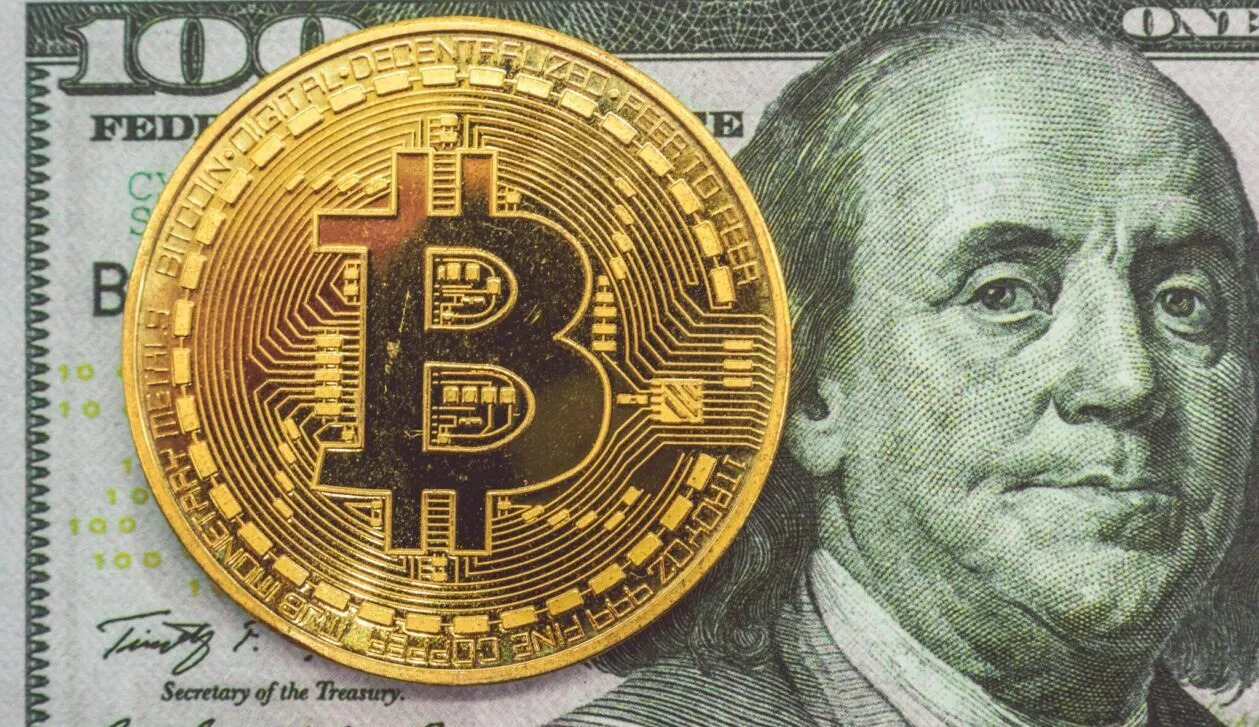Bank Of America Warns Of $1 Trillion Surge Every 100 Days Signals US Dollar Collapse Amid Crypto Blowout Year
Analysts warn that there is a US dollar collapse amid crypto blowout year. They warn that the U.S. national debt is poised to escalate by $1 trillion every 100 days, unleashing a potential surge in Bitcoin prices.
Author:Camilo WoodReviewer:Darren McphersonMar 04, 20248.8K Shares352.4K Views

The soaring prices of Bitcoin, Ethereum, and XRP, along with the overall cryptocurrency market exceeding $2 trillion, have triggered a significant alert from Bank of America.
Analysts warn that there is a US dollar collapse amid crypto blowout year. They warn that the U.S. national debt is poised to escalate by $1 trillion every 100 days, unleashing a potential surge in Bitcoin prices. The bank's chief strategist, Michael Hartnett, underscores the gravity of the situation, stating, "The U.S. national debt is rising by $1 trillion every 100 days."
US Dollar Collapse Amid Crypto Blowout Year
Against the backdrop of Bitcoin crossing the $60,000 mark, the combined crypto market's value surpassing $2 trillion, and the influx of institutional investment through newly established spot Bitcoin exchange-traded funds (ETFs), Bank of America foresees a looming financial shift. Hartnett predicts a "blowout year" for these ETFs, attributing their success in part to the anticipated collapse of the U.S. dollar.
BlackRock's IBIT, the leading spot Bitcoin ETF, has already surpassed $10 billion in assets, while Fidelity's FBTC has amassed $6 billion since its debut in early January. These developments have led to heightened speculation that Bitcoin could surpass gold as the world's premier store of value. Inflows into the new ETFs have intensified in recent weeks, contributing to the bullish sentiment surrounding Bitcoin.
Mounting US Debt
As the U.S. national debt skyrockets past $34 trillion, concerns over its sustainability and the potential ramifications for the global economy intensify. The alarming pace of debt accumulation, with an increase of approximately $1 trillion every 100 days, prompts experts to foresee a dire economic future. Genevieve Roch-Decter, a former asset manager, warns, "This doesn't end well."
Jamie Dimon, CEO of JPMorgan, envisions a global "rebellion" triggered by the escalating U.S. debt, echoing sentiments expressed by Bank of America's CEO, Brian Moynihan, who characterizes the national debt pile as the "most predictable crisis we’ve ever had."
Renowned investor Jim Rogers anticipates the impending recession to be the "worst in [his] lifetime," fueled by the massive U.S. debt load.
The U.S. Federal Reserve's potential resort to restarting its money printer in 2024, in response to economic downturn concerns, adds another layer of uncertainty. Analysts from Jefferies predict a collapse of the U.S. dollar, propelling Bitcoin to rival gold as a safe-haven asset. This forecast aligns with the accelerated pace of U.S. debt growth, reaching $34 trillion on January 4, 2024, and poised to breach $35 trillion.
Bank of America's Michael Hartnett underscores the gravity of the situation, stating, "Little wonder ‘debt debasement’ trades closing in on all-time highs, i.e. gold $2077/oz, bitcoin $67734."
The convergence of surging cryptocurrency prices, a rapidly accumulating national debt, and the possibility of a U.S. dollar collapse sets the stage for a tumultuous economic landscape. Moody's Investors Service has already lowered its ratings outlook on the U.S. government to negative, citing rising risks to fiscal strength in the absence of effective fiscal policy measures.
In this context, the cryptocurrency market appears poised for a "blowout year," with an annualized inflow of $44.7 billion, further fueled by concerns over the U.S. dollar's stability.

Camilo Wood
Author
Camilo Wood has over two decades of experience as a writer and journalist, specializing in finance and economics. With a degree in Economics and a background in financial research and analysis, Camilo brings a wealth of knowledge and expertise to his writing.
Throughout his career, Camilo has contributed to numerous publications, covering a wide range of topics such as global economic trends, investment strategies, and market analysis. His articles are recognized for their insightful analysis and clear explanations, making complex financial concepts accessible to readers.
Camilo's experience includes working in roles related to financial reporting, analysis, and commentary, allowing him to provide readers with accurate and trustworthy information. His dedication to journalistic integrity and commitment to delivering high-quality content make him a trusted voice in the fields of finance and journalism.

Darren Mcpherson
Reviewer
Darren Mcpherson brings over 9 years of experience in politics, business, investing, and banking to his writing. He holds degrees in Economics from Harvard University and Political Science from Stanford University, with certifications in Financial Management.
Renowned for his insightful analyses and strategic awareness, Darren has contributed to reputable publications and served in advisory roles for influential entities.
Outside the boardroom, Darren enjoys playing chess, collecting rare books, attending technology conferences, and mentoring young professionals.
His dedication to excellence and understanding of global finance and governance make him a trusted and authoritative voice in his field.
Latest Articles
Popular Articles